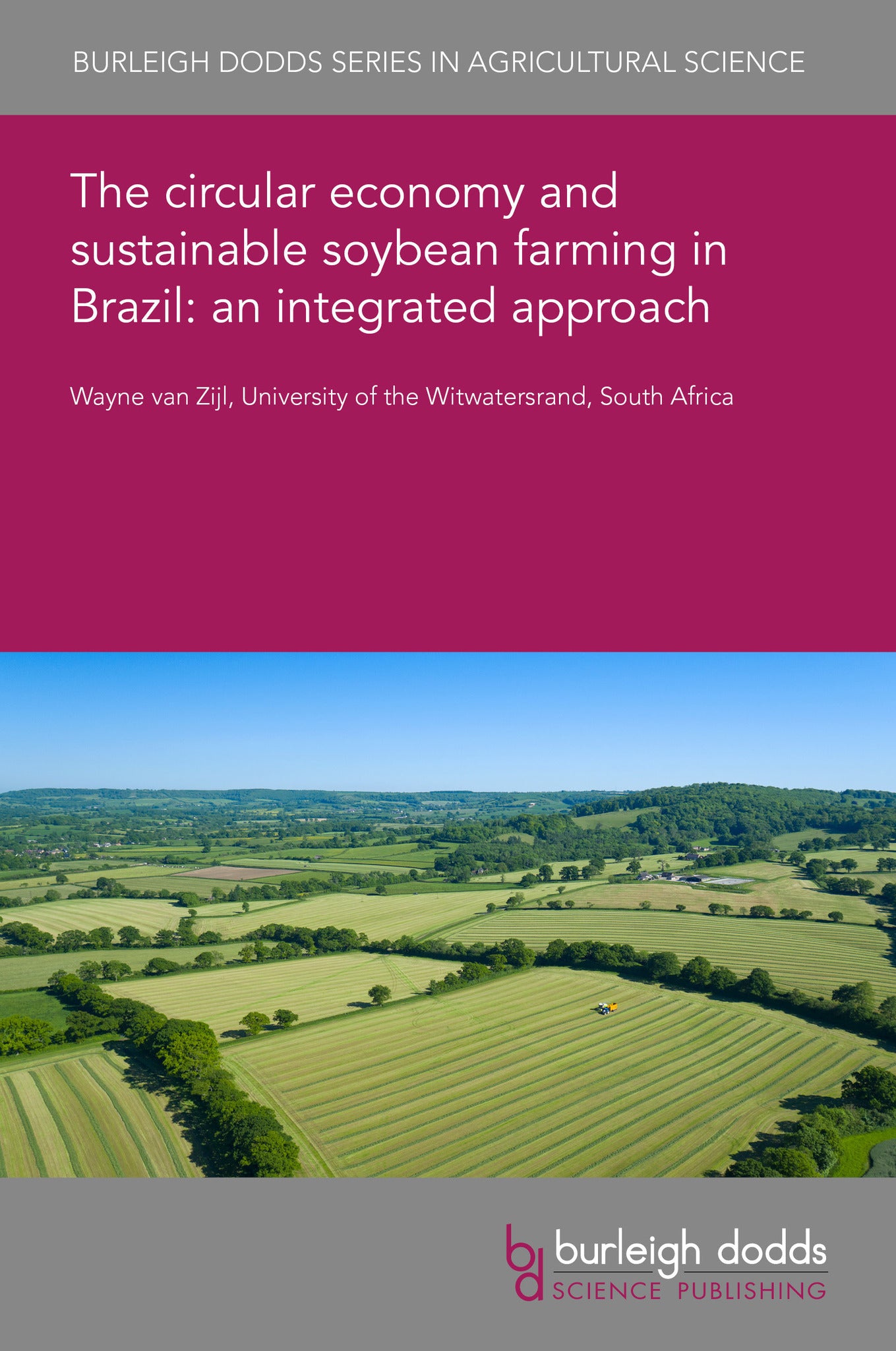We're sorry. An error has occurred
Please cancel or retry.
The circular economy and sustainable soybean farming in Brazil: an integrated approach

Some error occured while loading the Quick View. Please close the Quick View and try reloading the page.
Couldn't load pickup availability
- Format:
-
29 January 2024

This chapter provides an overview of a circular economy system combined with principles from the International Integrated Reporting Council’s integrated reporting framework. The model proposes that the circular economy and the principles of integrated thinking must be considered at the national level to achieve sustainable development because at this level it is more practical to obtain a complete picture of how financial and extra-financial capitals interact and can be enhanced. Governments must play a crucial role to ensure planning and policy development which promotes the creation of closed-loop systems where the output, end-of-life products and waste are designed to be used as inputs to the same or other systems.

NATURE / Environmental Conservation & Protection, Agriculture, agribusiness and food production industries, NATURE / Ecosystems & Habitats / General, SCIENCE / Environmental Science, BUSINESS & ECONOMICS / Industries / Agribusiness, BUSINESS & ECONOMICS / Industries / Food Industry, TECHNOLOGY & ENGINEERING / Agriculture / Agronomy / Crop Science, TECHNOLOGY & ENGINEERING / Agriculture / Sustainable Agriculture, Biodiversity, Conservation of wildlife and habitats, Sustainable agriculture, Agronomy and crop production

- 1 Introduction
- 2 The circular economy, the integrated reporting framework and agriculture
- 3 Farming in Brazil: an overview
- 4 Soybean farming in Brazil
- 5 Improving soybean farming in Brazil: using a circular economy and integrated reporting framework
- 6 The role of accounting in developing a circular economy
- 7 Conclusion
- 8 References



